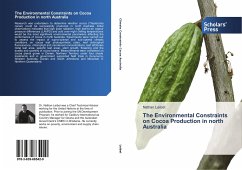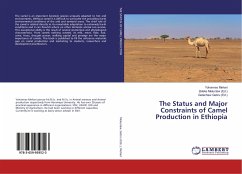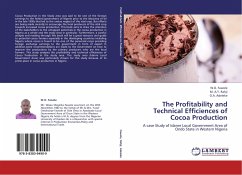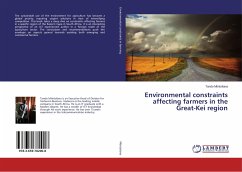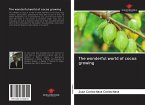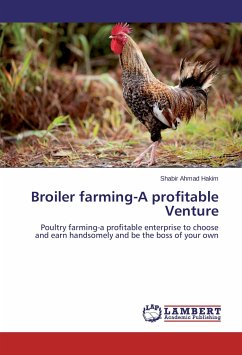Research was undertaken to determine whether cocoa (Theobroma cacao) could be successfully produced in north Australia. Initial observations indicated that high solar radiation, high leaf-to-air vapour pressure differences (LAVPD) and cold over-night chilling temperatures would be the most significant environmental parameters affecting the performance of cocoa in north Australia. Experiments were carried out to assess the impact of supra-optimal and sub-optimal climatic conditions on cocoa leaf photosynthetic rates, leaf chlorophyll fluorescence, chlorophyll and carotenoid concentrations, leaf attributes (total leaf area, specific leaf area), stem growth, flowering and the quality and quantity of cocoa beans. Measurements were completed on cocoa plants grown in Darwin, Northern Territory under four shade treatments and in government supported field trials in Kununurra, Western Australia, Darwin and South Johnstone and Mossman in Northern Queensland.

